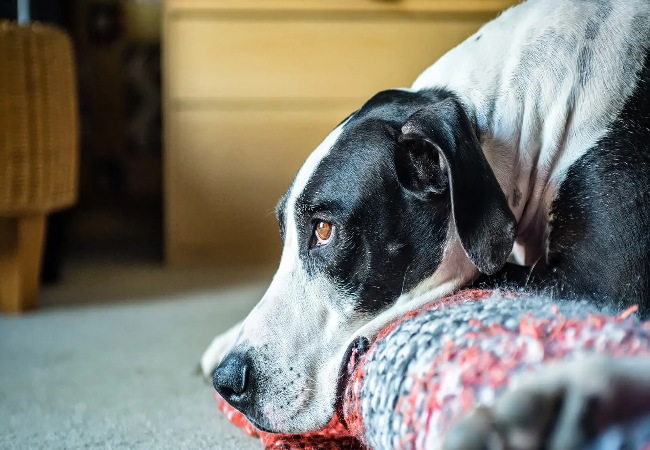Vet’s 2025 Guide to Deoxynivalenol Mycotoxicosis in Dogs: Symptoms, Treatment & Prevention 🐶

In this article
Vet’s 2025 Guide to Deoxynivalenol Mycotoxicosis in Dogs: Symptoms, Treatment & Prevention 🐶
By Dr. Duncan Houston BVSc
💡 What Is Deoxynivalenol (Vomitoxin)?
Deoxynivalenol (DON), commonly known as vomitoxin, is a mycotoxin produced by Fusarium species that commonly contaminate grains like wheat, corn, and barley. Dogs ingesting contaminated food may experience acute gastrointestinal distress and systemic effects. 🌾🤢
⚠️ Common Exposure Sources
- Contaminated grain-based dog foods or treats 🌽
- Spoiled grains from bulk bins at home or local stores 💼
- Feeding farm produce like moldy barley or wheat 🍞
🔬 How DON Affects Dogs
- GI irritation: vomiting, diarrhea, drooling
- Immune suppression: increased infection risk
- Neurologic signs: lethargy, lack of appetite, shaking
🧩 Symptoms to Watch For
SystemicImmune
| System | Symptoms |
|---|---|
| GI | Repetitive vomiting, diarrhea, nausea 😷 |
| Loss of appetite, fatigue, drooling 😴 | |
| Recurring infections, slow recovery 🦠 |
🏥 Veterinary Diagnosis
Key steps in diagnosis include:
- Exposure history (grain ingestion) 🕵️♀️
- Physical examination and dehydration check 💧
- Blood tests – CBC, chemistry panel for organ health 🩸
- Stool tests and, if available, mycotoxin analysis 🧪
💊 Treatment Protocols
- Immediate removal – stop feeding contaminated material 🚫
- Fluid therapy – IV or subcutaneous fluids for hydration 💦
- Antiemetics & GI protectants – maropitant, famotidine 🛡️
- Immune support – probiotics, quality diet 🥣
🐶 Who’s Most at Risk?
- Puppies & seniors – weaker systems
- Pets with GI disorders – sensitive to toxins
- Small breeds – lower tolerance to toxins
🛡️ How to Prevent DON Exposure
- Choose grain-tested, reputable dog foods ✔️
- Store dry food in cool, dry containers 🏠
- Avoid bulk bins unless quality-certified 🌟
- Inspect homemade treats for mold 🌿
- Replace suspect items immediately 🕵️♂️
📲 Vet Tools to Support Safety
- Ask A Vet – 24/7 vet advice if your dog eats moldy food 📱
🌟 Recovery Case
Case: Daisy the beagle, showed repeated vomiting after self-feeding on bulk wheat. With fluid therapy and anti-nausea meds, she improved within 3 days—no further issues after preventive changes! 🐕🎉
🔁 Key Takeaways
- ✅ Know the signs: vomiting, drooling, diarrhea, appetite loss
- ✅ Seek vet care immediately for suspected ingestion
- ✅ Use preventive feed storage and quality control
- ✅ For emergency help, consult Ask A Vet via the app
📥 Get Reliable Vet Help Now
Download the Ask A Vet app today for immediate guidance and live vet support on mold toxin exposure or any other pet emergencies. Visit AskAVet.com to install now! 🐾🩺






